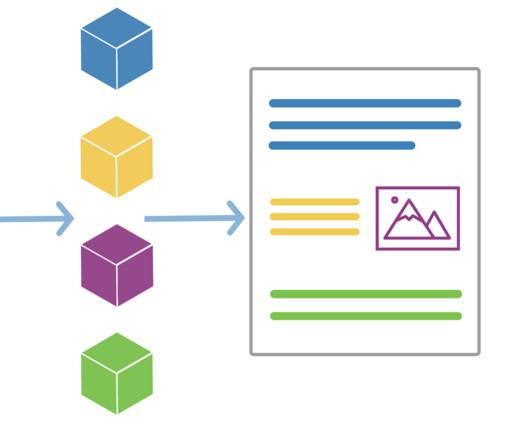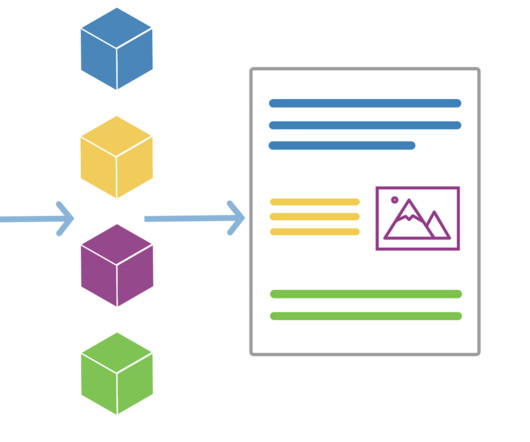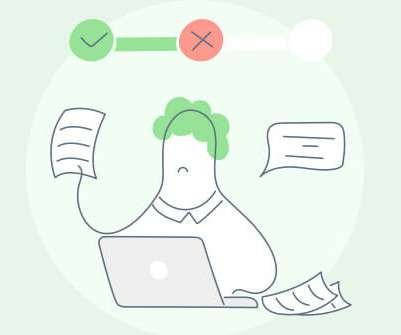Training vs. Learning: How Are They Different?
eLearningMind
OCTOBER 11, 2022
Learning is the cognitive process where that person absorbs and understands the instruction and can then perform the task using the learned skill. Cognitively speaking, what is learning? Bloom’s taxonomy divides the learning process into six levels of cognitive processes that the student goes through when learning.





















Let's personalize your content